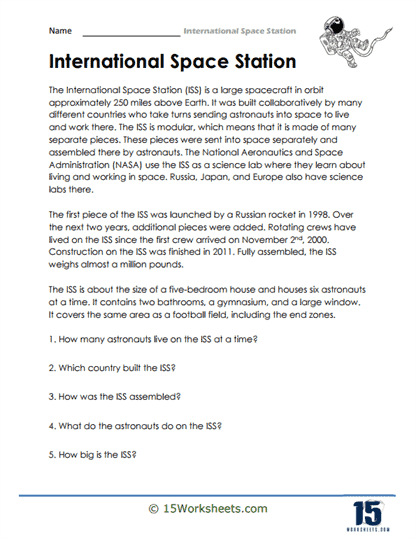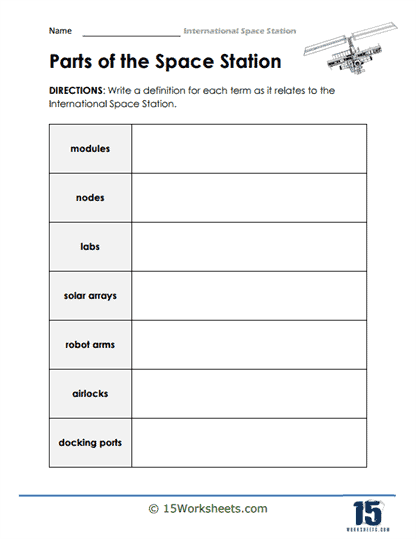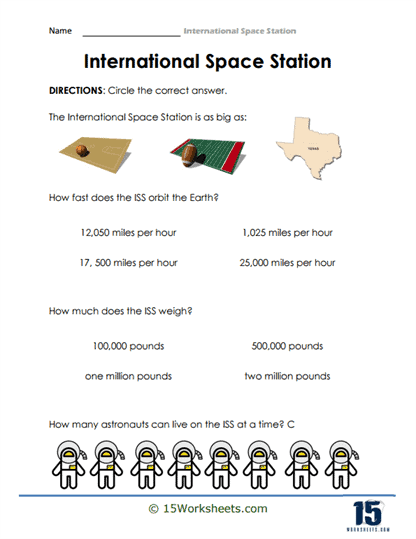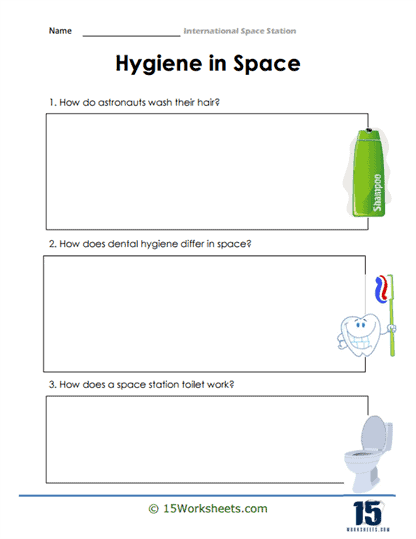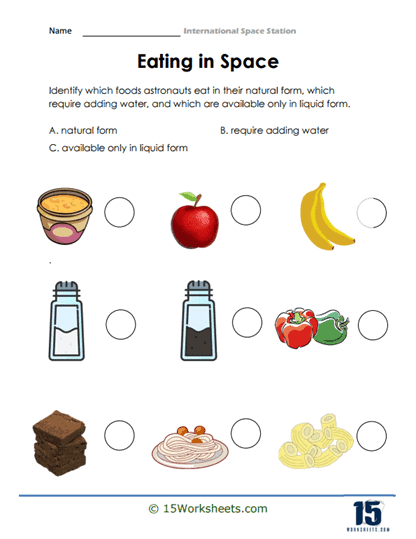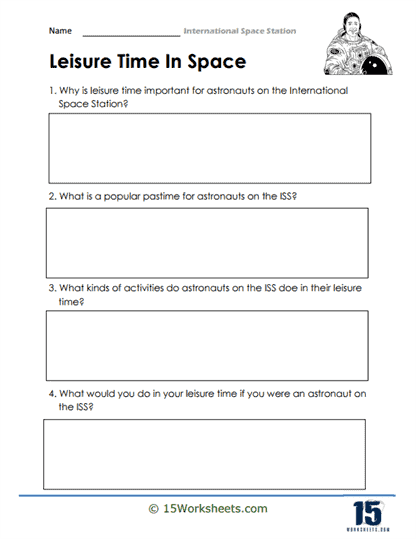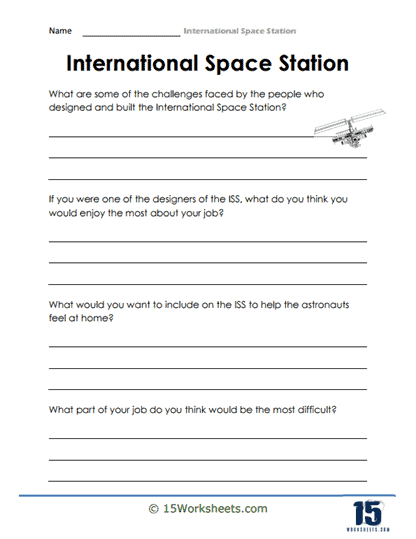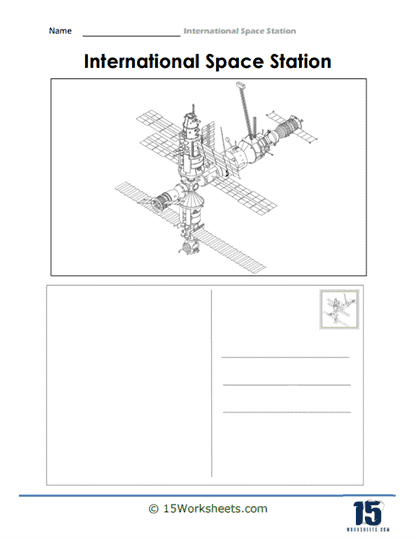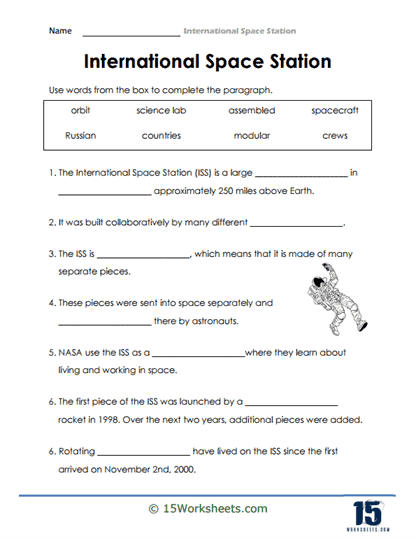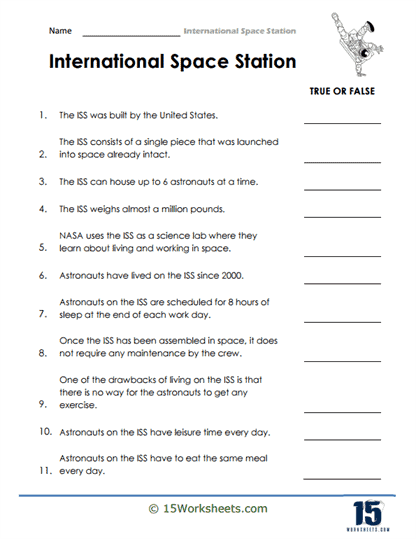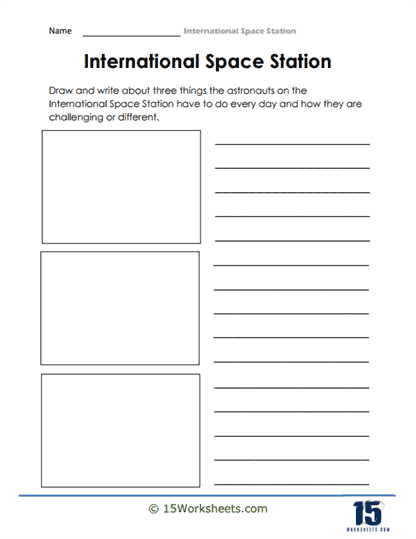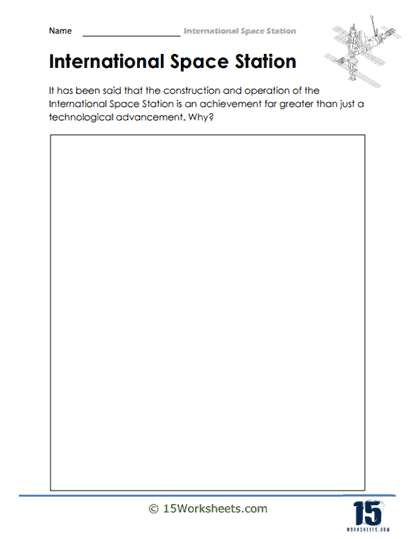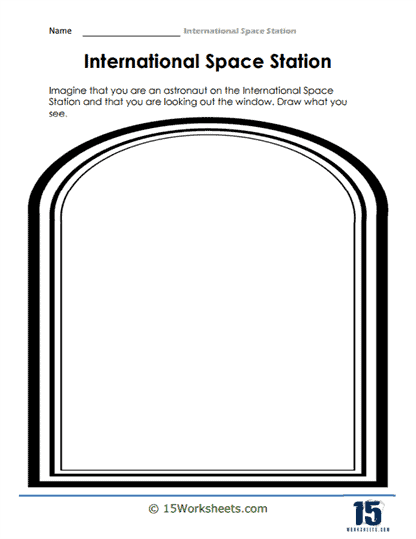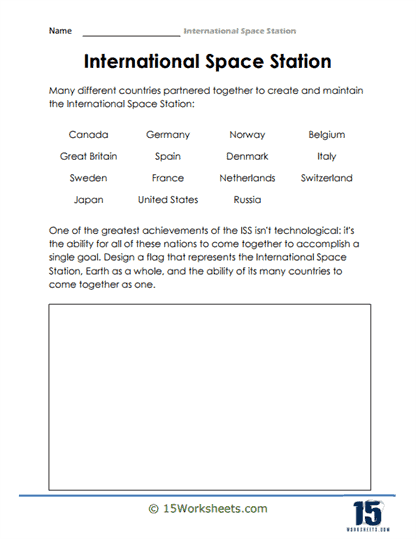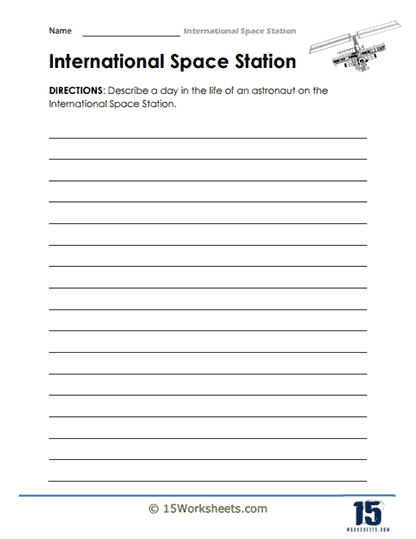International Space Station Worksheets
All About These 15 Worksheets
Students embark on an extraordinary journey beyond Earth’s atmosphere with this comprehensive series of 15 worksheets on the International Space Station (ISS). This collection is designed to introduce students to the International Space Station, a remarkable feat of human engineering and international cooperation. Through engaging activities and thought-provoking exercises, students will gain a deeper understanding of the ISS, its purpose, its construction, and the collaborative efforts involved in its operation. Through these worksheets, students will:
- Explore the history and purpose of the ISS, the countries involved in its construction, and the ongoing scientific research conducted on board;
- Hone their vocabulary skills by defining related terminologies like nodes, airlocks, docking ports, and more;
- Be familiar with the basic facts about ISS and how it operates;
- Learn how astronoauts keep up with their hygiene, eating, and leisure time while in space;
- Investigate the challenges and adaptations required for astronauts living and working aboard the ISS;
- Explore the contributions of different countries and space agencies in the construction and maintenance of the ISS, highlighting the importance of cooperation in space exploration;
- And develop their creativity by putting themselves in the shoes of an astronaut on the ISS, drawing a picture of what they might see outside a window.
This series of worksheets helps students develop a deep understanding of the significance, construction, and scientific research involved. Through a variety of exercises, students will develop critical thinking skills, scientific curiosity, and a greater appreciation for the wonders of space exploration. Overall, these worksheets aim to inspire students to reflect on the importance of international cooperation, technological advancements, and the pursuit of knowledge in pushing the boundaries of human exploration and understanding.
What is the International Space Station?
The International Space Station (ISS) is a large, habitable, artificial satellite and research facility that orbits the Earth at an altitude of approximately 250 miles (400 kilometers). Launched in 1998, the ISS is the result of an unprecedented collaborative effort among multiple space agencies, including those from the United States (NASA), Russia (Roscosmos), Europe (ESA), Japan (JAXA), and Canada (CSA).
The primary purpose of the International Space Station is to serve as a microgravity and space environment research laboratory, where scientific research is conducted in various fields, such as astronomy, meteorology, physics, biology, and materials science. The unique conditions aboard the ISS allow for experiments that cannot be replicated on Earth, providing valuable insights and data for researchers.
In addition to its research capabilities, the ISS also serves as a testbed for new space technologies and systems required for future human space exploration missions, such as those to the Moon and Mars. The station has also played a crucial role in fostering international cooperation in space exploration, as it brings together astronauts, scientists, and engineers from around the world to work together on various projects.
The ISS orbits the Earth once every 90 minutes, traveling at a speed of approximately 17,500 miles per hour (28,000 kilometers per hour). It is powered by solar arrays and consists of several interconnected modules that provide living quarters, research laboratories, and other necessary facilities for the crew. The station is regularly visited by crewed spacecraft, such as the Russian Soyuz and the American SpaceX Crew Dragon, as well as by uncrewed cargo resupply missions.
Since its inception, the ISS has been continuously occupied by a rotating crew of international astronauts, who typically stay aboard the station for six-month missions. The ISS has not only advanced our understanding of science and technology in space but has also become a symbol of international collaboration and the peaceful exploration of space.

